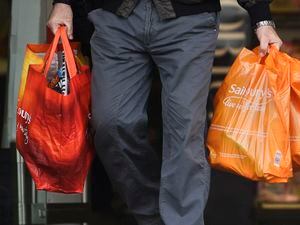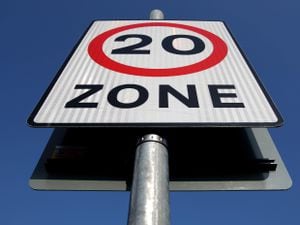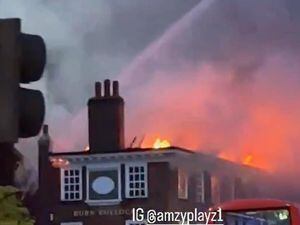Inflation surges to near six-year high of 3.1%
The increase in the cost of living means the Bank of England will have to write a letter of explanation to the Chancellor.

Inflation has unexpectedly jumped to a near six-year high, forcing the Bank of England to explain to the Chancellor why the cost of living has surged.
Figures from the Office for National Statistics (ONS) show the Consumer Prices Index (CPI) rose to 3.1% in November, up from 3% in October.
It means inflation has climbed to its highest level since March 2012, with economists expecting CPI to hold steady for the third month in a row at 3%.
The outcome means Bank Governor Mark Carney must pen a letter to Chancellor Philip Hammond outlining the reason behind inflation’s rapid rise.
The Government has set a CPI target of 2%, with protocol dictating that the Bank must contact Mr Hammond if inflation exceeds 3% or falls short of 1%.
The move will pose fresh questions to the Bank’s interest rate-setting Monetary Policy Committee (MPC) about whether or not inflation has peaked.
The MPC is gearing up to announce its latest decision on interest rates this Thursday after hiking the cost of borrowing to 0.5% last month.
Sterling was up nearly 0.3% versus the US dollar at 1.337 following the announcement, and was higher by around 0.2% against the euro at 1.135.
Mike Prestwood, ONS head of inflation, said: “CPI inflation edged above 3% for the first time in nearly six years with the price of computer games rising and air fares falling more slowly than this time last year.
“These upward pressures were partly offset by falling costs of computer equipment.”
The lion’s share of the upward pressure came from air fares, which recorded a smaller drop between October and November at 10.4%, compared with a 13.4% fall over the period last year.
Computer games prices were also boosting everyday costs, as games, toys and hobbies lifted 3.7% on an annual basis in November.
On the month, prices climbed by 2.2%, compared with 0.7% growth last year.
Food and non-alcoholic drinks prices pushed higher, picking up by 0.6% month on month in contrast to a 0.5% lift for the period in 2016.
Part of the rise was pinned on chocolate prices, with sugar, jam, honey, syrups, chocolate and confectionery up 1.5% on the month after falling by 1.5% for the same period last year.
Motorists were also facing higher fuel costs in November, with petrol up by 1.8p per litre month on month to 119.1p, and diesel rising by 2.3p a litre to 122.8p.
It comes after crude oil surged by 7.6% between October and November, reaching its highest level since December 2016.
The Retail Prices Index (RPI), a separate measure of inflation, was 3.9% last month, down from 4% the month before.
The Consumer Prices Index including owner-occupiers’ housing costs (CPIH) – the ONS’ preferred measure of inflation – was 2.8% in November, unchanged from October.





